by Penny Pawl, UC Master Gardener of Napa County
I love hellebores because they stay green all year, bloom in the winter and don't take a lot of water to keep them happy. Hellebores are called Lenten roses by some because they start to bloom around the time of Lent. But they are not roses.
The flowers have some resemblance to roses but the colorful petals surrounding the flower are not part of the flower. And the petals remain on the stem for several months even after the flower in the middle has faded.
Native to the Balkan states and parts of Europe and Asia and named hellebore in the 1700s, this genus has been hybridized since then to include many beautiful colors. My first hellebore, a green one, has produced offspring identical to the parent. However, since most hellebores for sale today are hybrids, any seedlings that emerge in your garden will probably not resemble the parent plant.
I have been collecting hellebores in various colors and especially like the pink and two-toned types. I grow them on the mound in my back garden as they seem to like slopes and look nice during the cold months when I can see them from the house.
Hellebores grow well in shady areas. Nurseries sell them in gallon cans so they are easy to transplant. When you do, be sure to remove some of the container soil and mix it with your garden soil. I also put a tablespoon or two of worm compost under the plant and then water well.
If you are an adventurous person, you might want to try planting hellebores from seed. You can find seed sources online. You will have a surprise when they bloom and you discover the bloom color. Seedlings do not bloom until the second year so you will need to be patient.
In winter and spring, when your hellebores start to bloom, feed them with a natural fertilizer such as aged chicken manure or worm compost. The latter has all the necessary trace elements in a mild form. The plants go dormant in summer, but you should continue to water them.
If you like the bloom color of one of your hellebores, you can reproduce the plant by division. Wait until it has finished blooming, then dig around the root ball and lift it out. Hellebores have fibrous roots that are easily divided. Take a rooted piece or two and replant where you want them, then return the rest of the clump to the original hole.
Another method for reproducing hellebores is called micropropagation. I doubt any of us will want to try it. It involves placing a piece of the plant in a sterile test tube and treating it with hormones to stimulate growth. When the plant is big enough, it is transferred to a pot.
I saw this method used on cymbidium orchids years ago at an orchid grower in San Francisco. It is also called meristem propagation. I enjoy propagation but I don't think I am ready to attempt this method quite yet.
I have noticed few pests on my hellebores over the years. Deer, mice and gophers leave them alone because they are toxic, and few other pests bother them. Some online sources mention aphids, but I have never seen any on mine. I practice integrated pest management, so perhaps other bugs are feasting on whatever might attack my hellebores.
Workshop: UC Master Gardeners of Napa County will conduct a demonstration workshop on “Harvesting Your Compost from a Backyard Pile or Worm Bin” on Wednesday, May 26, from 6 pm to 8 pm, via Zoom. Register to get the zoom link at: City of Napa Compost Workshops
Got Garden Questions? Contact our Help Desk. The team is working remotely so please submit your questions through our diagnosis form, sending any photos to mastergardeners@countyofnapa.org or leave a detailed message at 707- 253-4143. A Master Gardener will get back to you by phone or email.
For more information visit http://napamg.ucanr.edu or find us on Facebook or Instagram, UC Master Gardeners of Napa County.
Attached Images:
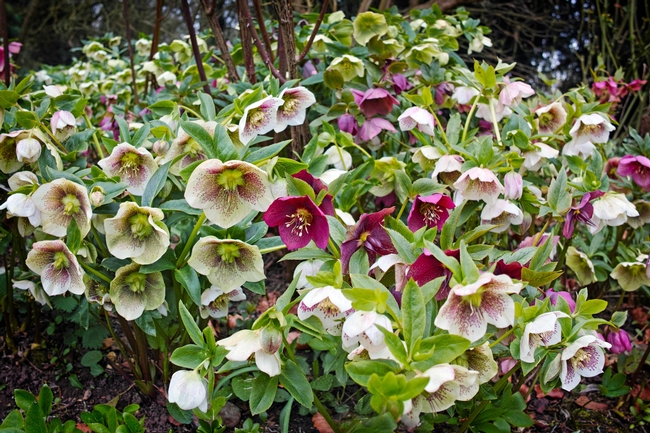
Hellebores. (thetimes.co.uk)
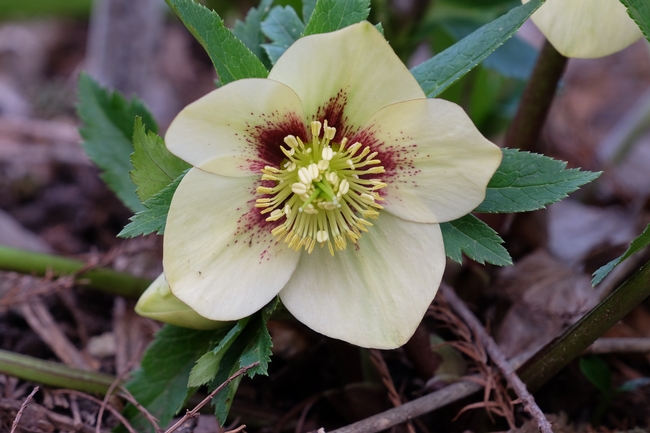
Close-up of hellebore flower. (blog.plantdelights.com)
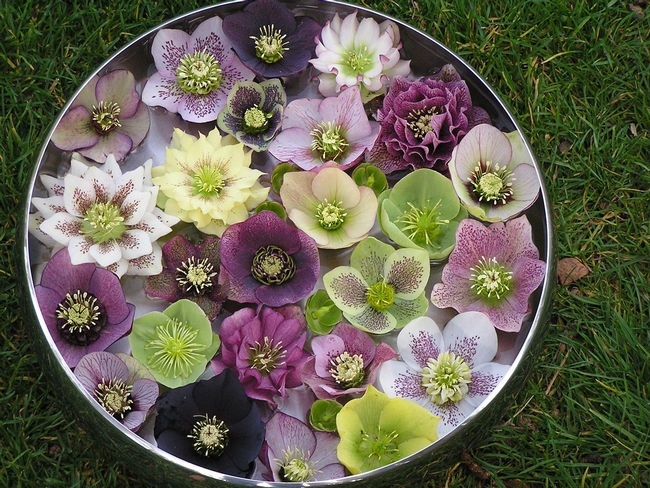
Colors of hellebores. (ucanr.edu)
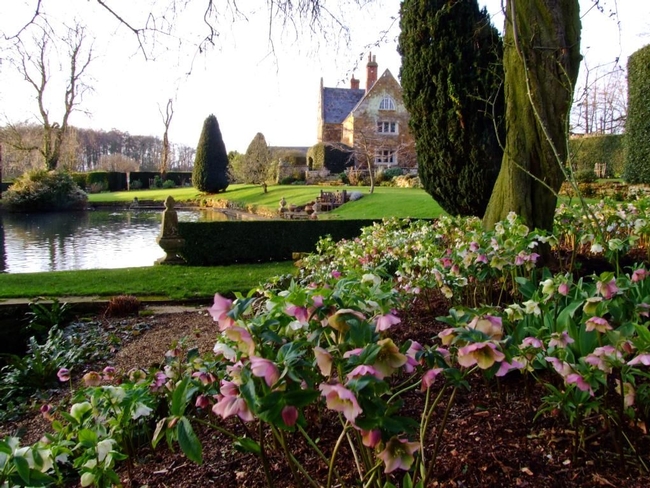
Hellebores grow well in shady areas. (pinterest.com)

Chicken manure is available commercially. This is just an example of what is available in the marketplace. (bunnings.com.au)

Worm castings, aka worm compost, is also available commercially. (ebay.co.uk)

Micropropagation. (ucbmsh.org)
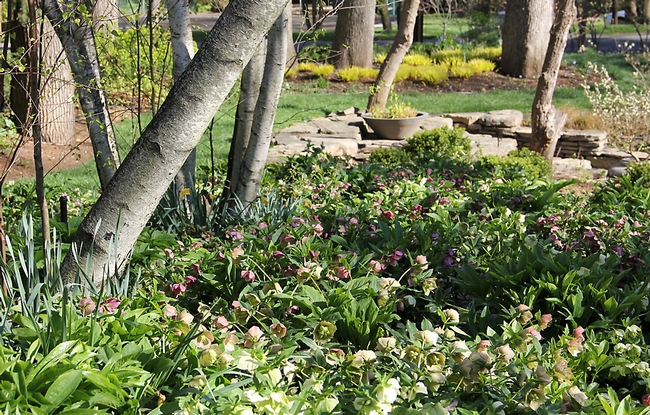
Leaving you with happy hellebores in a garden. (shopterrain.com)